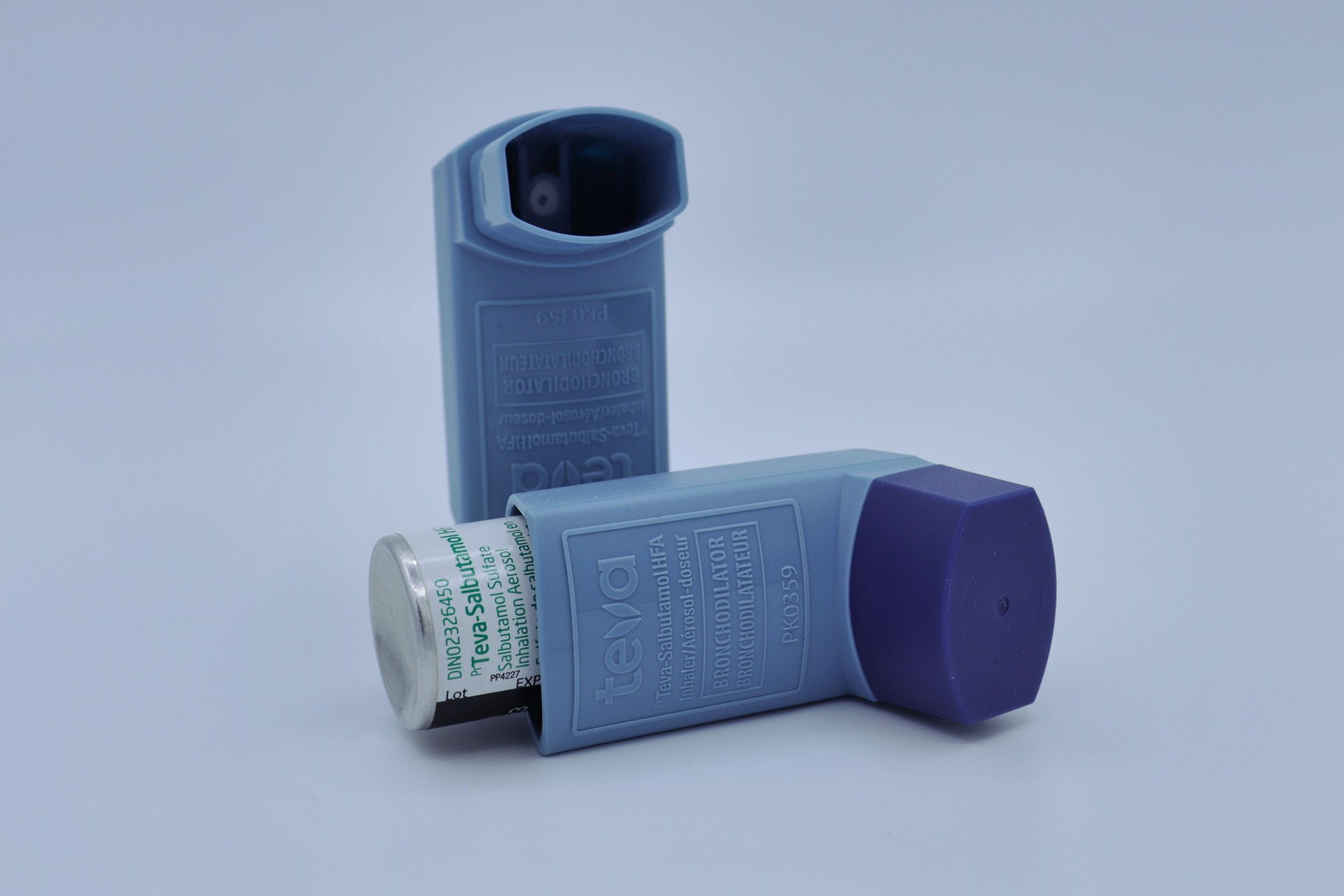Introduction
Living in a city has its perks, but it also comes with certain challenges, especially for those with respiratory conditions like asthma. The Roloff family, known for their reality TV show, has recently shared their struggles with asthma, highlighting the impact of environmental factors in urban areas. In this article, we will delve into the connection between the city environment and asthma, the challenges faced by the Roloff family, and ways to cope with this chronic condition.
The Prevalence of Asthma in Cities
Asthma is a prevalent chronic respiratory condition affecting millions of people worldwide. Unfortunately, city dwellers, including the Roloff family, are more susceptible to developing asthma due to increased exposure to environmental triggers. The combination of air pollution, allergens, and other irritants in urban areas can contribute to the onset and worsening of asthma symptoms.
Understanding Asthma: A Brief Overview
Asthma is a chronic lung condition characterized by inflammation and constriction of the airways. Common symptoms include wheezing, coughing, shortness of breath, and chest tightness. While the exact cause of asthma remains unknown, it is believed to be a complex interplay of genetic and environmental factors.
The Roloff Family’s Struggles with Asthma
The Roloff family has been open about their experiences with asthma, shedding light on the challenges faced by individuals and families living with this condition. Matt Roloff, the family patriarch, has shared his journey of managing asthma, revealing how it has affected his life and daily activities.
Environmental Triggers: The City Culprit
Urban environments expose residents to various environmental triggers that can exacerbate asthma symptoms. These triggers include:
1. Air Pollution
City air often contains high levels of pollutants such as particulate matter, ozone, and nitrogen dioxide. Prolonged exposure to these pollutants can irritate the airways and worsen asthma symptoms.
2. Allergens
Urban areas host a plethora of allergens, including pollen, mold spores, pet dander, and dust mites. For individuals with asthma, these allergens can trigger inflammation and lead to asthma attacks.
3. Climate Factors
City climates can be harsh, with temperature extremes and fluctuating humidity levels. Cold air and sudden weather changes can act as triggers for asthma symptoms.
Coping with Asthma in the City
While city living may pose challenges for individuals with asthma, there are ways to manage and cope with the condition effectively.
1. Medication Management
Working closely with healthcare professionals to develop a personalized asthma action plan is crucial. This plan may include the use of inhalers, long-term control medications, and quick-relief medications to manage asthma symptoms.
2. Allergen Avoidance
Identifying and minimizing exposure to allergens is essential in reducing asthma flare-ups. Regular cleaning, using air purifiers, and avoiding known allergen triggers can make a significant difference.
3. Lifestyle Adjustments
Maintaining a healthy lifestyle is vital for managing asthma. Engaging in regular physical activity, eating a balanced diet, and getting sufficient rest can improve overall well-being and lung function.
4. Emotional Support
Asthma can take an emotional toll on individuals and their families. Seeking emotional support through counseling or support groups can provide a sense of understanding and empowerment.
City Initiatives for Asthma-Friendly Living
Cities are increasingly implementing initiatives to create healthier environments for their residents, including those with asthma.
1. Improving Air Quality
Efforts to reduce air pollution through stricter emissions regulations and promoting greener transportation can lead to better air quality in cities.
2. Asthma-Friendly Urban Planning
Designing urban spaces with asthma-friendly features, such as green areas, proper ventilation, and reduced allergen exposure, can enhance the quality of life for those with asthma.
Conclusion
Living in a city with asthma can be challenging, as the environment can act as a trigger for respiratory symptoms. The Roloff family’s openness about their struggles with asthma brings attention to this chronic condition and the importance of creating asthma-friendly cities. By raising awareness, implementing effective city initiatives, and supporting individuals with asthma, we can work towards a healthier and more compassionate urban environment for all.





